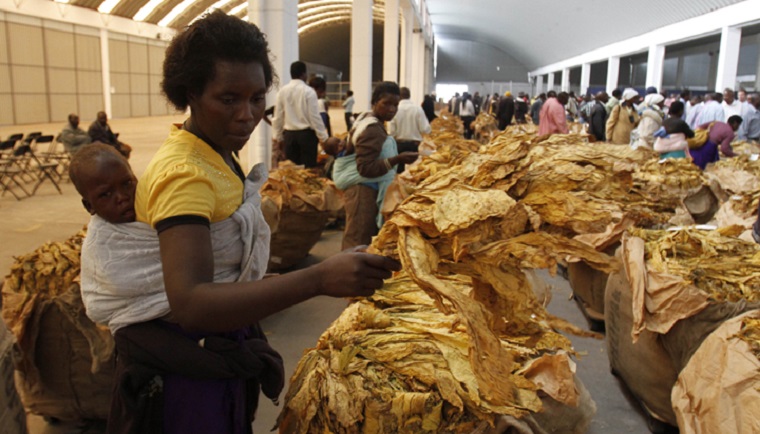The number of rejected tobacco bales has risen 42.7 percent to 89 304 bales since the start of the 2017 selling season, compared to 62 568 at the same time last year, official statistics show.
Point of sale rejection of tobacco is due to various reasons, including bales being overweight or underweight and bad handling resulting in excessive or inadequate moisture and moulds.
Farmers can also reject the sale on the grounds of price.
Statistics released by the Tobacco Industry and Marketing Board (TIMB) on day 38 of sales show that contract floors recorded the majority rejections, at 53 180 bales, while the remainder were turned away at auction floors.
For auctions, Tobacco Sales Floor (TSF) has the highest number of rejected bales at 20 309 followed by Premier Tobacco Floors with slightly over 8 000 rejected bales.
Responding to emailed questions, TSF managing director Mary Machingaidze said the high bale rejection rate is affecting the smooth flow of auction operations.
“Yes, rejection of bales affects our business. We would have handled the bales from receiving, laying and auctioning and when rejected, we re-handle the bale and repeat the processes. There is also inconvenience to our clients, the farmers,” she said.
TIMB public relations and communications manager Isheunesu Moyo however said the high number of rejected tobacco bales reflected the higher volume of the crop being delivered off farms this year.
“Deliveries this season are much higher compared to last season, hence the high number of rejected tobacco bales as well. Reasons for rejection of tobacco range from mouldy or wet tobacco. Such tobacco is sent back for re-handling. Farmers can also reject a price,” he said.
So far, about 1.5 million bales of tobacco have been laid for sale, up from 1.2 million bales laid during the comparable period last year.
Meanwhile, at least 111 million kg of tobacco worth $313 million have been sold to date at an average price of $2.82 per kg.
Zimbabwe anticipates sales of 202 million kg of tobacco during the 2016/17 selling season.
The United Nations’ Food and Agricultural Organisation (FAO) puts Zimbabwe’s peak tobacco production at 260 million kilogrammes in 1998, when the crop generated $582 million in export proceeds.
Production of the crop has rebounded from 48.8 million kilogrammes in 2008, when a combination of upheavals on commercial farms and hyperinflation hit output. – The Source
(172 VIEWS)
